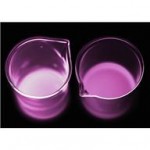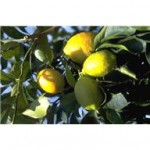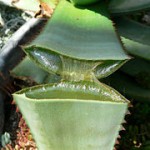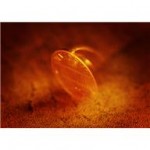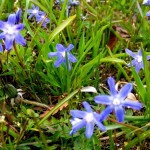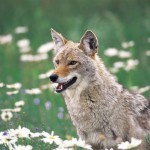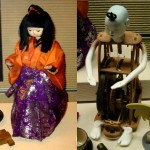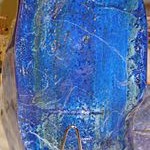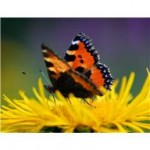
Plant a Butterfly Garden! And 4 Free Guides and Lesson Plans!
Planting a Butterfly Garden is a Gift Free to All Ages from National Geographic IMAX! The following is the 1st Free Download (see bottom of of this article). Following this are 3 others including: Grade 7-12 Learning Guide; Flight of The Butterflies (79 pp); And, also in Spanish! See Below! Objective: Students will plan and plant […]
